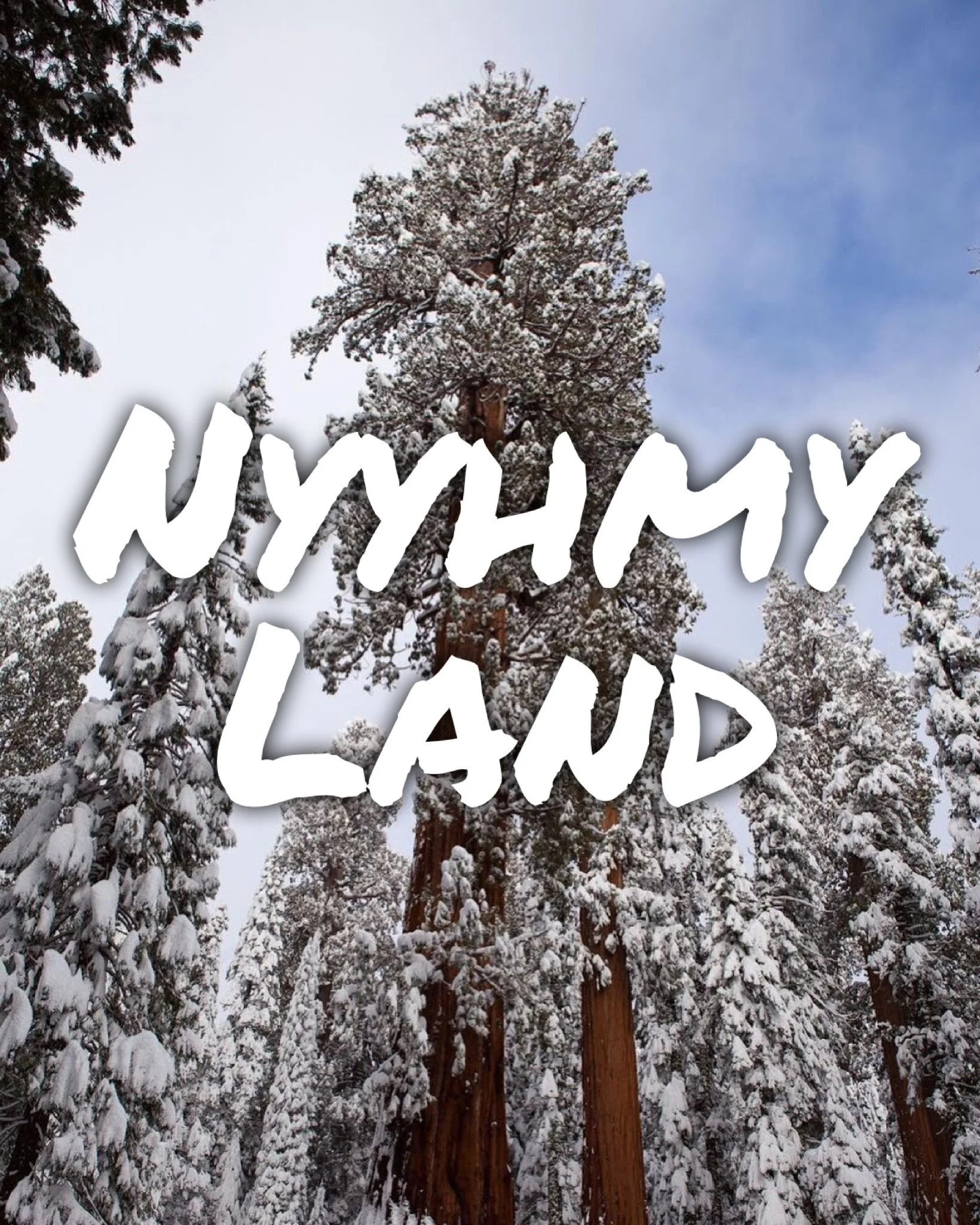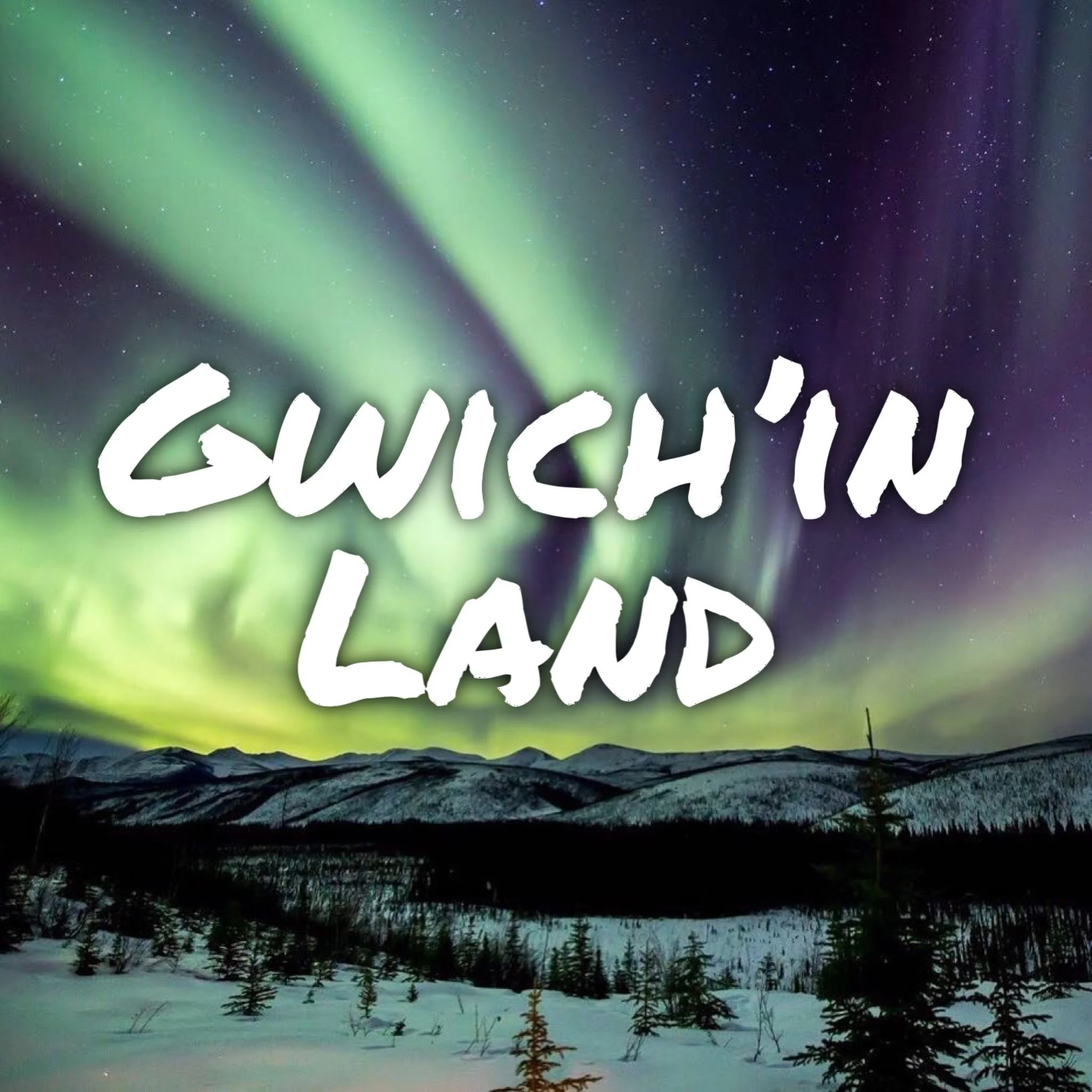{Sam D. Hamilton Noxubee National Wildlife Refuge originally posted by US Interior} Noxubee, Mississippi is Choctaw Land. The word itself comes from the Choctaw language - nakshobi meaning to stink. While many of the Choctaw were removed from the area after the 1830 Treaty of Dancing Rabbit Creek and the infamous Trail of Tears, several thousand remained and eventually became the Mississippi Band of Choctaw Indians living across eight reservation communities in eastern Mississippi - despite the refuge website only acknowledging European agricultural history.
Noxubee County, where the wildlife refuge is located is also the site of a recent unsolved murder case of a Choctaw woman. Nikita Nicole Wilson of Pearl River was found beaten to death in a gully. This is a blog about indigenous place names, but I don’t believe that the continued erasure of indigenous people in the United States is unrelated to the disproportionate rate of Missing and Murdered Indigenous Women in our country. Places like Noxubee seem equally content to ignore the violent history they were founded on and the violent present that sustain them.






















